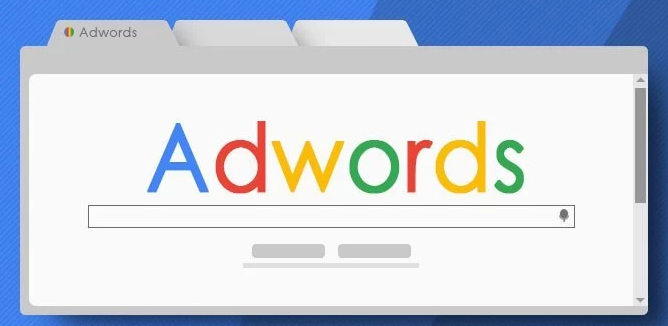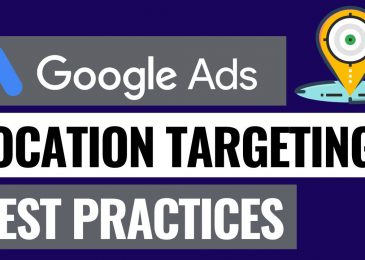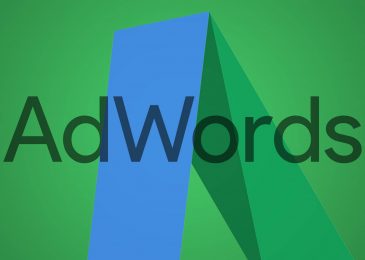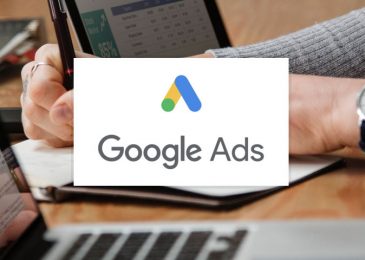In today’s digital marketing landscape, a multi-channel approach is essential for achieving optimal results. While Google Ads can be incredibly effective on its own, integrating it with other marketing channels can significantly enhance your overall strategy. By creating synergy between various platforms, you can improve brand visibility, increase conversions, and maximize your return on investment (ROI). This guide explores strategies for integrating Google Ads with other marketing channels to create a cohesive and powerful marketing ecosystem.
Understanding Multi-Channel Marketing
Multi-channel marketing involves using a combination of different platforms and strategies to reach and engage your audience. Each channel has its unique strengths and can complement the others, creating a comprehensive approach that maximizes reach and effectiveness.
Key Benefits of Multi-Channel Marketing:
- Increased Reach: Engage with a broader audience across different platforms.
- Consistent Messaging: Reinforce your brand message through multiple touchpoints.
- Improved Conversion Rates: Utilize the strengths of each channel to guide users through the sales funnel.
- Enhanced Data Insights: Gain a holistic view of your marketing performance and customer behavior.
Strategies for Integrating Google Ads with Other Marketing Channels
1. Social Media Marketing
Social media platforms like Facebook, Instagram, Twitter, and LinkedIn are excellent complements to Google Ads. By integrating these channels, you can amplify your reach and engage with your audience in different ways.
Tactics for Integration:
- Cross-Channel Remarketing: Use Google Ads to target users who have engaged with your social media content but haven’t converted. For example, create a remarketing list of users who visited your site from Facebook ads and serve them tailored Google Ads.
- Consistent Branding: Ensure your ad creative and messaging are consistent across Google Ads and social media platforms to reinforce brand recognition.
- Campaign Synchronization: Align your Google Ads campaigns with social media promotions and events. For example, if you’re running a seasonal sale on social media, create complementary Google Ads to capture search traffic related to the promotion.
Example: A fashion retailer running a summer sale could use Instagram ads to showcase new collections and create Google search ads targeting keywords related to summer fashion, driving a cohesive campaign that maximizes visibility and conversions.
2. Email Marketing
Email marketing is a powerful tool for nurturing leads and driving conversions. When integrated with Google Ads, it can help reinforce your message and reach potential customers at multiple touchpoints.
Tactics for Integration:
- Customer Match: Upload your email list to Google Ads to create a Customer Match audience. Target these users with personalized ads based on their past interactions with your brand.
- Complementary Content: Use Google Ads to promote content that complements your email campaigns. For example, if your email newsletter features a new blog post, run Google Ads promoting the same post to reach a wider audience.
- Drip Campaign Support: Support your email drip campaigns with targeted Google Ads. If a user clicks on an email but doesn’t convert, use Google Ads to keep your brand top-of-mind.
Example: An online course provider can send an email announcing a new course and simultaneously run Google Ads targeting users who have previously shown interest in similar courses, enhancing the likelihood of conversion.
3. Content Marketing
Content marketing involves creating valuable, relevant content to attract and engage your target audience. Integrating this with Google Ads can help amplify your content’s reach and drive more traffic to your site.
Tactics for Integration:
- Promote High-Value Content: Use Google Ads to promote your best-performing content, such as blog posts, whitepapers, or videos, to attract more visitors and generate leads.
- Leverage Keywords: Optimize your content with relevant keywords and use Google Ads to target those keywords, driving organic and paid traffic to your site.
- Remarketing to Engaged Readers: Create remarketing lists based on users who have read specific content on your site and target them with relevant Google Ads to move them further down the funnel.
Example: A software company publishing a comprehensive guide on cybersecurity can use Google Ads to target users searching for cybersecurity solutions, promoting the guide and capturing leads through gated content.
4. SEO (Search Engine Optimization)
SEO and Google Ads are a natural pairing. While SEO focuses on organic search rankings, Google Ads provides immediate visibility through paid search. Together, they can dominate the search results page.
Tactics for Integration:
- Keyword Synergy: Use Google Ads keyword data to inform your SEO strategy. Identify high-performing paid keywords and optimize your content to rank organically for those terms.
- Test Content with PPC: Before investing heavily in SEO for a new topic, test its potential with Google Ads. If the topic drives conversions through paid search, it’s a good candidate for SEO efforts.
- SERP Domination: Aim to appear in both organic and paid search results for high-value keywords, increasing your chances of capturing clicks.
Example: A travel agency targeting the keyword “best family vacations” can use Google Ads to drive immediate traffic while working on ranking organically for the same term, ensuring they capture users whether they click on paid or organic results.
5. Affiliate Marketing
Affiliate marketing involves partnering with other websites or influencers who promote your products in exchange for a commission. Integrating this with Google Ads can help amplify your reach and drive conversions through trusted third-party recommendations.
Tactics for Integration:
- Support Affiliate Content: Use Google Ads to promote content created by your affiliates, driving more traffic and increasing the chances of conversions.
- Affiliate Landing Pages: Create dedicated landing pages for affiliate traffic and use Google Ads to target keywords related to the affiliate’s niche.
- Collaborative Campaigns: Align your Google Ads campaigns with affiliate promotions to maximize visibility and impact.
Example: A fitness brand working with a popular health blogger can promote the blogger’s review of their products using Google Ads, increasing the credibility and reach of the campaign.

Advanced Integration Techniques
1. Unified Analytics
Integrate your analytics tools to gain a comprehensive view of your marketing performance across all channels. Google Analytics, for example, can track traffic from various sources, including Google Ads, social media, email, and organic search, providing insights into how users interact with your brand across different touchpoints.
Benefits:
- Holistic Performance View: Understand the complete customer journey and how each channel contributes to conversions.
- Attribution Modeling: Use attribution models to allocate credit to different channels and optimize your marketing mix accordingly.
- Cross-Channel Insights: Identify patterns and trends across channels to inform your strategy.
2. Cross-Channel Attribution
Cross-channel attribution involves analyzing how different marketing channels contribute to conversions, helping you allocate your budget more effectively.
Approaches:
- First-Click Attribution: Credits the first touchpoint in the customer journey.
- Last-Click Attribution: Credits the final touchpoint before conversion.
- Multi-Touch Attribution: Distributes credit across multiple touchpoints, providing a more comprehensive view of the customer journey.
Example: A retailer analyzing their attribution model might discover that while Google Ads drives a lot of initial traffic, social media interactions are crucial for nurturing leads, leading to a more balanced budget allocation.
Case Study: Multi-Channel Integration Success
Scenario: An online retailer specializing in eco-friendly products wanted to boost sales and brand awareness through a multi-channel approach.
Strategy:
- Google Ads: Targeted search and display ads focusing on eco-friendly keywords and remarketing to past visitors.
- Social Media: Engaging content and ads on Facebook and Instagram showcasing their products and values.
- Email Marketing: Personalized email campaigns highlighting new arrivals and exclusive discounts.
- Content Marketing: In-depth blog posts and guides on sustainable living promoted through Google Ads and social media.
Results: By integrating these channels, the retailer saw a 40% increase in sales over six months. Google Ads drove initial traffic, social media engagement nurtured leads, and email marketing converted them into customers. The content marketing efforts established the brand as an authority in the eco-friendly niche, further boosting organic traffic.
Wrapping it up
Integrating Google Ads with other marketing channels creates a synergistic effect that can significantly enhance your overall marketing performance. By leveraging the strengths of each channel and ensuring they work together seamlessly, you can increase your reach, improve conversion rates, and maximize ROI. Continuously analyze your performance data and adjust your strategy to maintain and grow your multi-channel marketing success.




